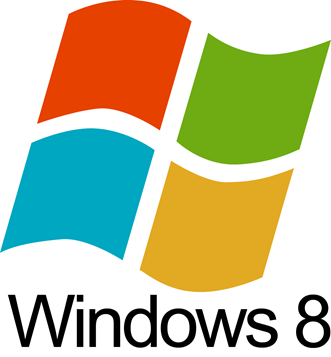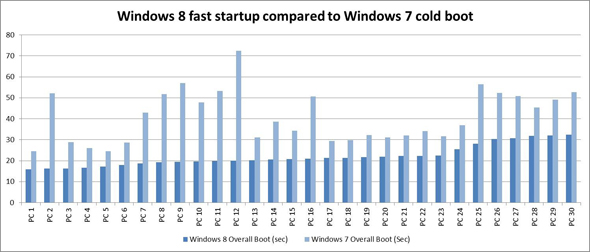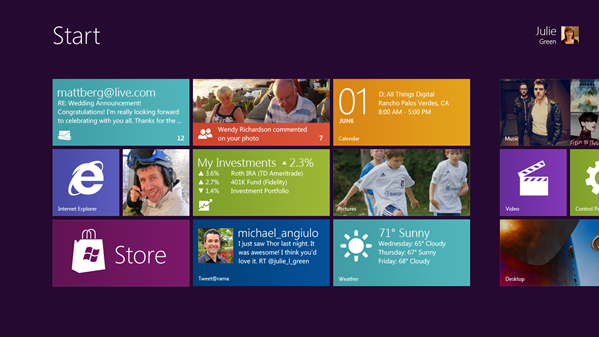Nowadays, powering on a Windows 7 computer involves a great deal of waiting, even if it’s just a few seconds. While the current version of Windows has made improvements in this area, Microsoft doesn’t consider it enough and has completely revolutionized the way the Windows operating system is loaded up in Windows 8.

The new system works much like the current Hibernation feature in Windows 7, as well as previous versions of Windows, which saves the session’s state onto the system disk before the machine is powered off. This allows users to be up and running in a matter of seconds once the machine is powered up.
Now here’s the key difference for Windows 8: as in Windows 7, we close the user sessions, but instead of closing the kernel session, we hibernate it.
Unlike the regular hibernation feature, however, it doesn’t appear that Windows 8 will save the state of the previously launched apps when it’s shut down, quickly bringing users to a clean state whenever the system is booted up. This is essentially the best of both worlds.
Compared to a full hibernate, which includes a lot of memory pages in use by apps, session 0 hibernation data is much smaller, which takes substantially less time to write to disk.
The real-world results are incredible, cutting boot times in less than half, as you can tell from the chart below, which compares the Windows 7 and Windows 8 boot times on real-life machines.

If you’re looking for a real-world example, watch the video below which depicts the system’s whole boot up process. Once the process is finished, Windows 8’s new tile-based user interface will be displayed, as you can see below.
These benefits will be seen by users of both traditional hard drives and solid state drives.
Unless you’ve been living under a rock for the last few years, you’re likely aware of Windows 8, the next version of the well-known Windows operating system. The new system, which will be shown off in greater detail at Microsoft’s BUILD conference next week, yet we already know some of the system’s new features, such as easier controls for common file operations in Explorer, the ability to mount disc images and VHD files – also right from within Explorer. There will also a new user interface inspired by Windows Phone 7’s Metro user experience.

(via Building Windows 8)
You can follow us on Twitter or join our Facebook fanpage to keep yourself updated on all the latest from Microsoft, Google and Apple.

